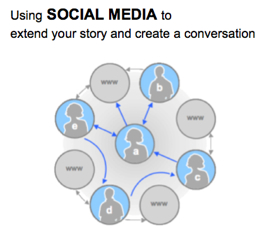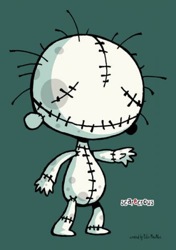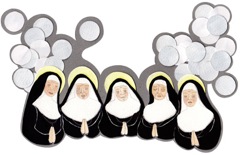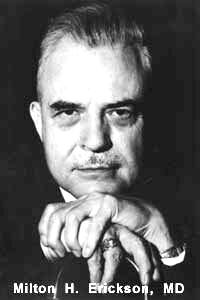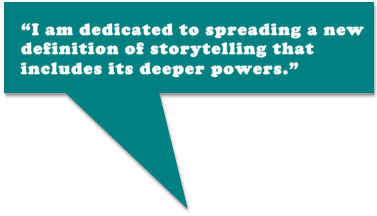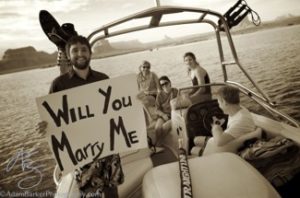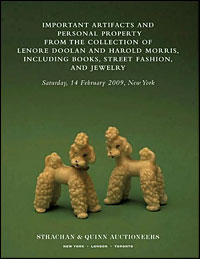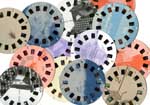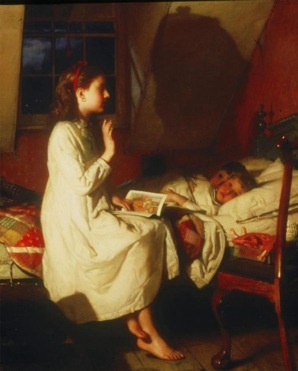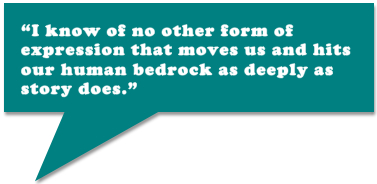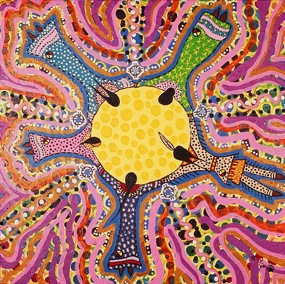
I believe it was through Twitter that I learned of Annie Hart, and I was immediately intrigued by her “stories change the world” philosophy. She is likely one of the very last Q&A practitioners who will make it into my upcoming free e-book, Storied Careers: 40+ Story Practitioners Talk About Applied Storytelling. I’m also excited about her upcoming radio show. This Q&A will appear over the next five days.
Bio: [from her Web site, where she tells about herself with more storytelling verve than is presented here] Annie has brought her work to the fields of business, education, healthcare, non-profit, youth at risk, and community organizations.
verve than is presented here] Annie has brought her work to the fields of business, education, healthcare, non-profit, youth at risk, and community organizations.
Her training and certification includes NLP Trainer, Eriksonian Hypnotherapy Trainer, Expressive Arts Training, non-violent communication, ISVOR Dilts Leadership Training, where she was personally selected as one of the first 32 trainers from around the world and is one of only 50 Book Yourself Solid Certified Marketing Coaches.
Annie has developed several bodies of original work including a Heart-Centered Communication model; DreamBuilders, a group coaching model; Stories From the Heart of the Cosmos, a story performance workshop; and her current work Skills of Excellence, a compilation of skills of the masters.
She has also created several large-scale community events, including a world peace council of 90 indigenous elders from around the world and Artists for the World in which she organized a team to create and display the collective artwork of Philadelphia school children.
Annie’s personal ethic is to embody the principles of human kindness, generosity and collaboration as a basic business model. She believes that relationships are the most important factor of all.
Annie loves knitting, is passionate about yoga, enjoys drinking good tea and reading and studying from the mystics. She lives in beautiful Chestnut Hill, PA, with her little dog Miss Sweetie. Her goal is to live an ordinary life in an extraordinary way and to be a kind, happy and loving person.
Annie is launching a radio show, “Inspiring Change Through Story,” the first week in September 2009, on Fridays at 12:30 PM. Check her Web site for how to find the show.
Q&A with Annie Hart:
Q: You have a section of your Web site called story performance and tell a fascinating story about how you got involved in story performance. In what kinds of contexts are you a story performer, and how does this work relate to the training/consulting work you do with story?
A: My main interest for using story is in the context of training and consulting. I love its power for effecting change quickly. I also enjoy performing for fun, and I use my storytelling around town to help promote local businesses and events. You can inspire people much more easily through carefully chosen stories and what is so much fun is that most of the time people don’t even realize that they are changing. The stories are so entertaining that people are enjoying themselves. They think they’re just having fun but something deeper is happening. It isn’t until later that all of this change surfaces. I receive a lot of great feedback from individuals, groups and businesses describing the many amazing changes that have come about.
